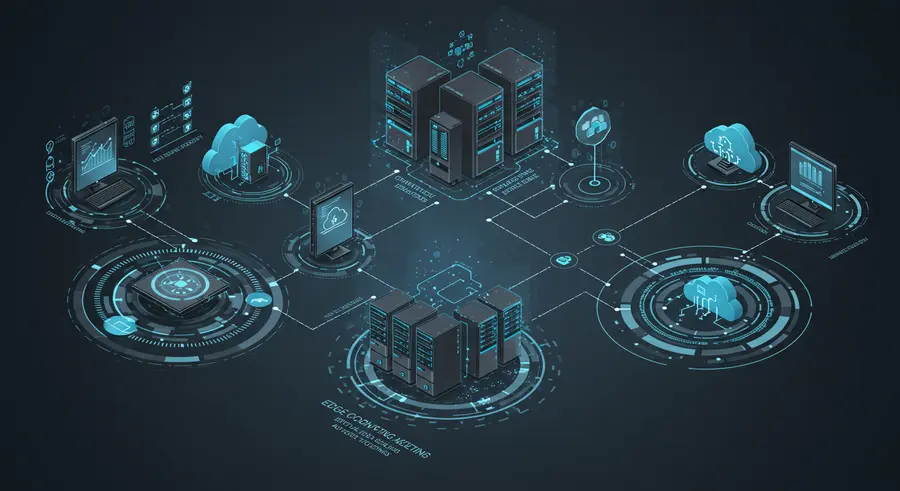Exploring Edge Computing Architectures

Edge computing is not a one-size-fits-all solution. Its architecture can vary significantly based on the specific application, performance requirements, and existing infrastructure. Understanding these different architectures is key to effectively leveraging the power of the edge. This article delves into common models and their characteristics.
1. Device Edge
The Device Edge is the closest point of computation to the data source, often residing directly on the IoT device or sensor itself. This architecture is characterized by:
- Ultra-low latency: Processing happens on the device, eliminating network round-trips.
- Minimal bandwidth usage: Only processed data or essential alerts are sent upstream.
- Offline capabilities: Devices can operate and make decisions even without a constant network connection.
- Resource constraints: Devices typically have limited processing power, memory, and storage.
2. Gateway Edge / Local Edge Servers
In this model, one or more local servers or gateways are deployed on-premises, such as in a factory, retail store, or office building. These gateways aggregate data from multiple nearby devices and perform more complex processing tasks than individual devices can handle.
- Localized processing: Handles tasks for a specific site or area.
- Improved data aggregation and filtering: Reduces the volume of data sent to the cloud.
- Enhanced security: Data can be processed and secured locally before being transmitted.
- Moderate scalability: Can support a significant number of devices within its local scope.
3. Network Edge / Multi-Access Edge Computing (MEC)
The Network Edge, often associated with Multi-Access Edge Computing (MEC), brings compute and storage resources closer to the user by deploying them at the edge of the telecommunications network (e.g., at cell towers or base stations). This architecture is pivotal for:
- Low-latency for mobile and distributed users: Critical for applications like augmented reality (AR), virtual reality (VR), and connected vehicles.
- Network-aware applications: Can leverage real-time network information for optimized service delivery.
- Reduced backhaul traffic: Processing data closer to users reduces congestion on the core network.
- Service provider managed: Often offered as a service by telecom operators.
4. Regional Edge / Micro Data Centers
Regional Edge sites are larger than local edge servers but smaller and more distributed than traditional cloud data centers. They serve a broader geographical area and can support more demanding applications that still require lower latency than the centralized cloud can offer.
- Balanced performance and reach: Good for applications needing lower latency across a city or region.
- Content delivery and caching: Improves streaming quality and website load times.
- Data sovereignty and compliance: Allows data to be processed and stored within specific geographic boundaries.
Hybrid Architectures
In practice, many edge computing deployments utilize a hybrid approach, combining elements from different architectural models. For instance, data might be initially processed on a device (Device Edge), then aggregated and further analyzed by a local gateway (Gateway Edge), with only critical insights or summaries sent to a regional or cloud data center for long-term storage and global analytics. This layered approach allows organizations to optimize for latency, bandwidth, cost, and processing power based on their specific needs. The Linux Foundation hosts several projects related to edge computing that explore these hybrid models.
Choosing the right edge architecture depends on a thorough analysis of application requirements, data characteristics, connectivity options, and cost considerations. As edge computing continues to evolve, we can expect even more sophisticated and specialized architectures to emerge, further blurring the lines between the device, the edge, and the cloud.